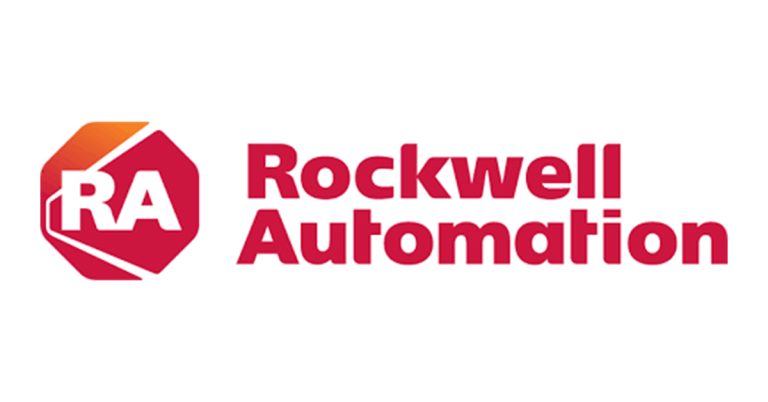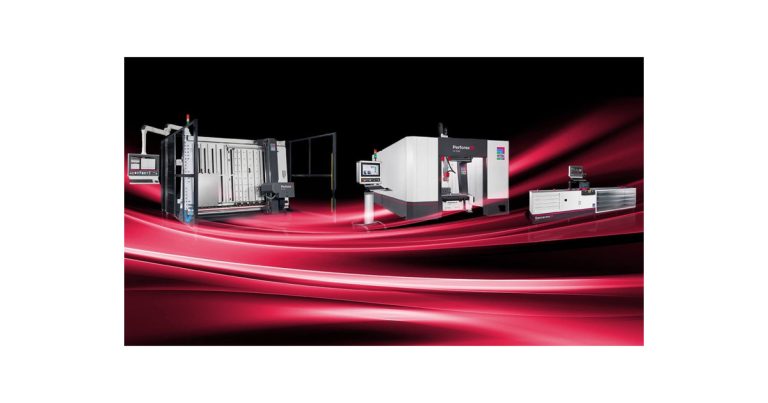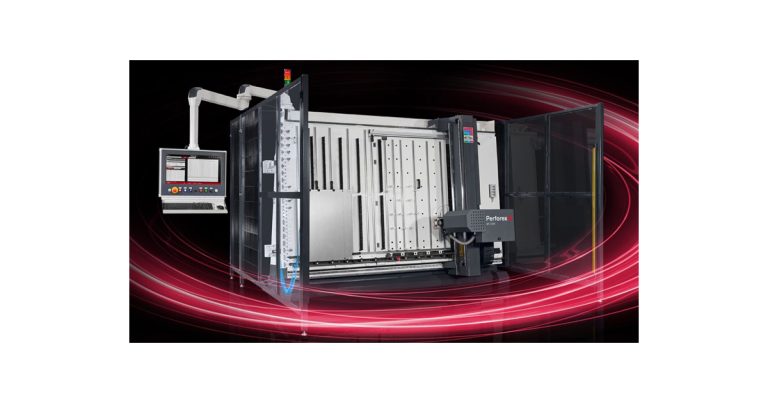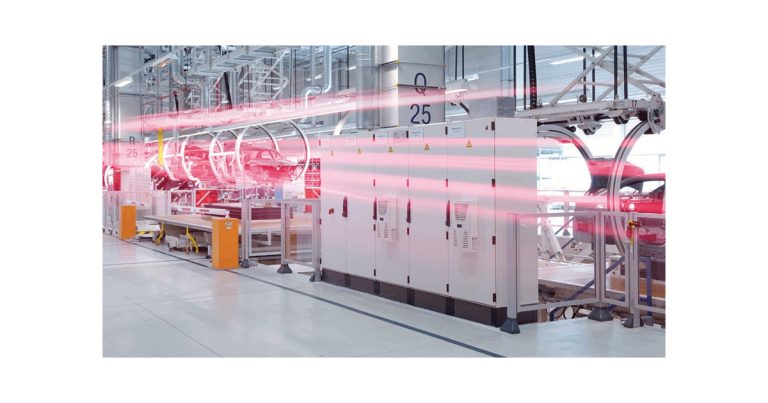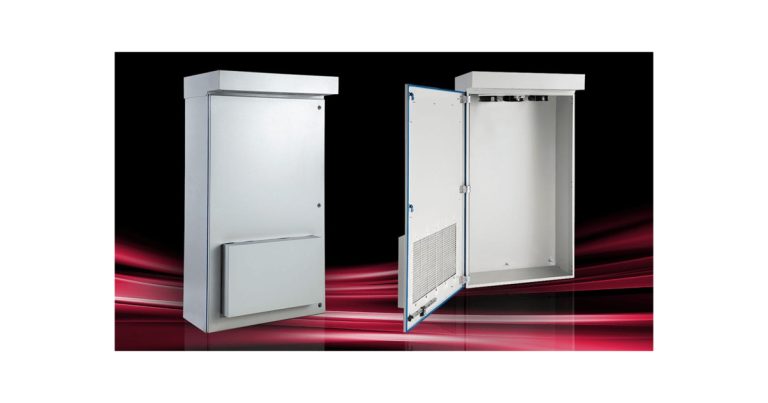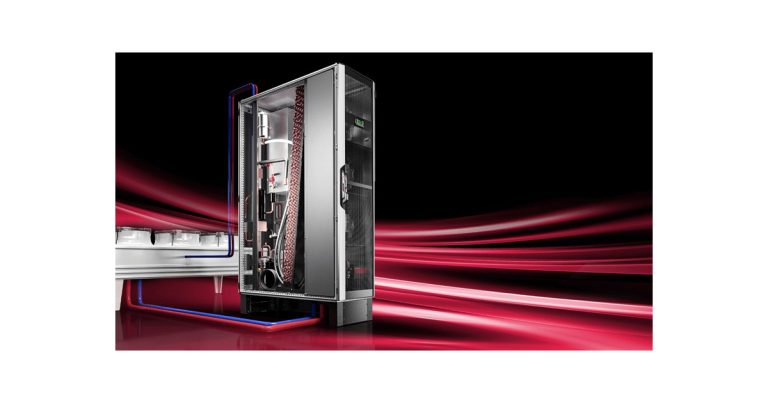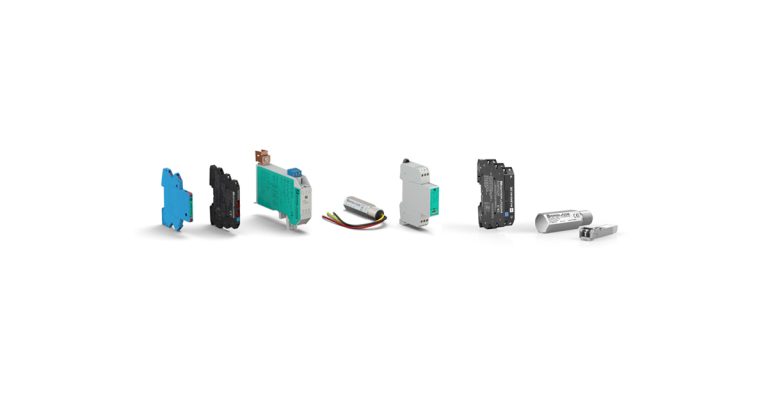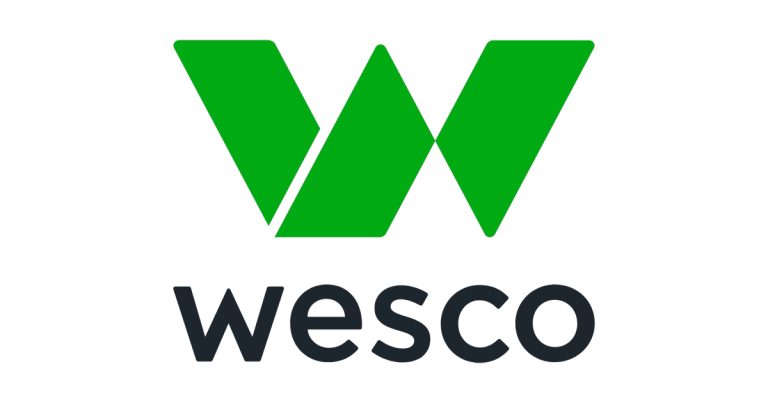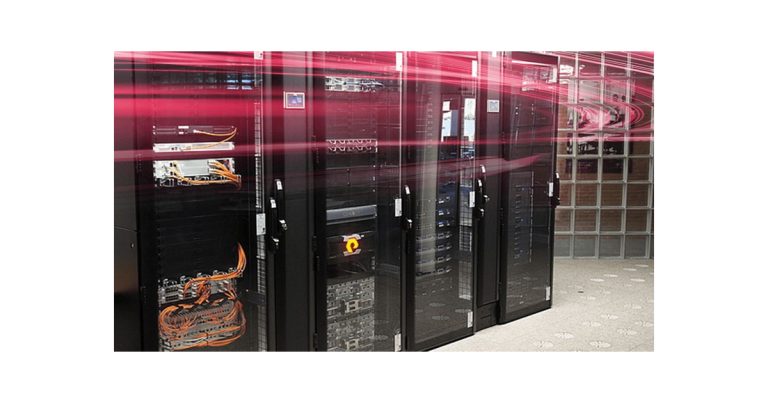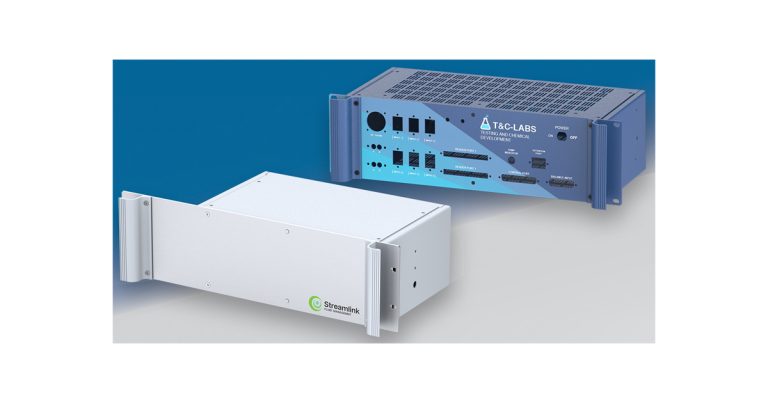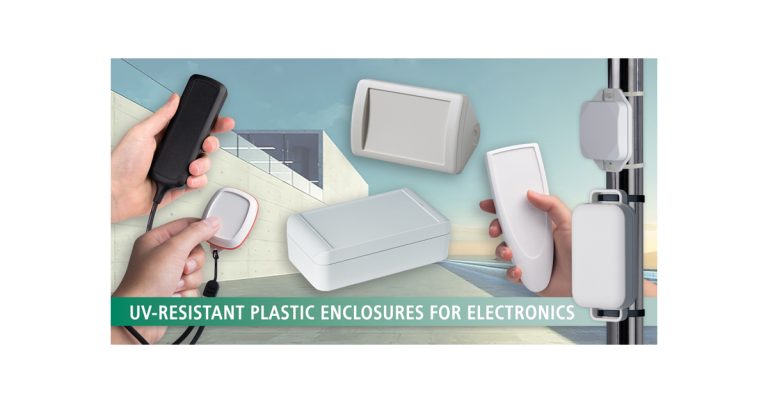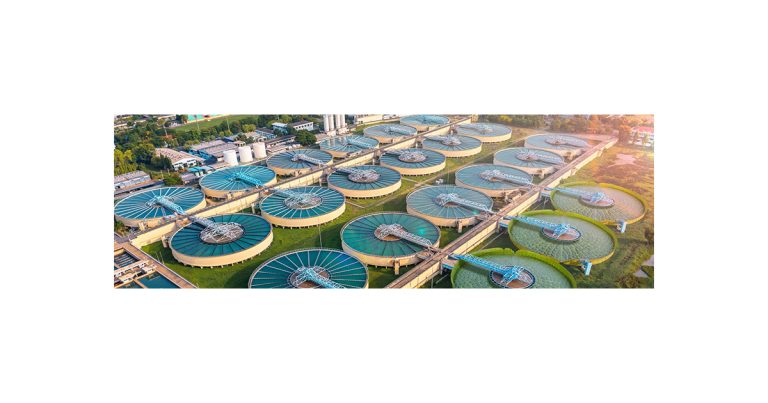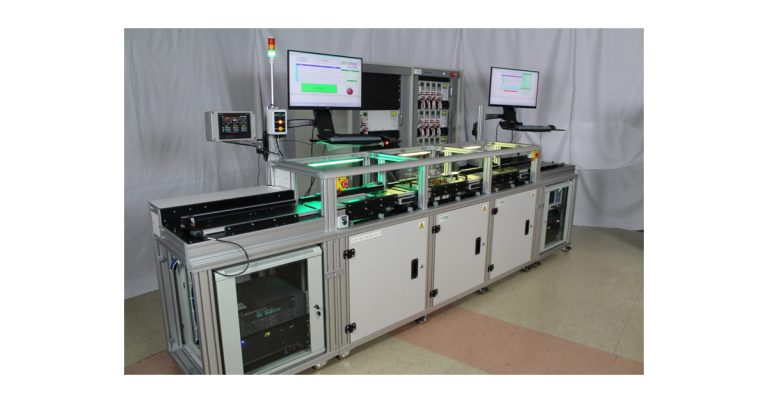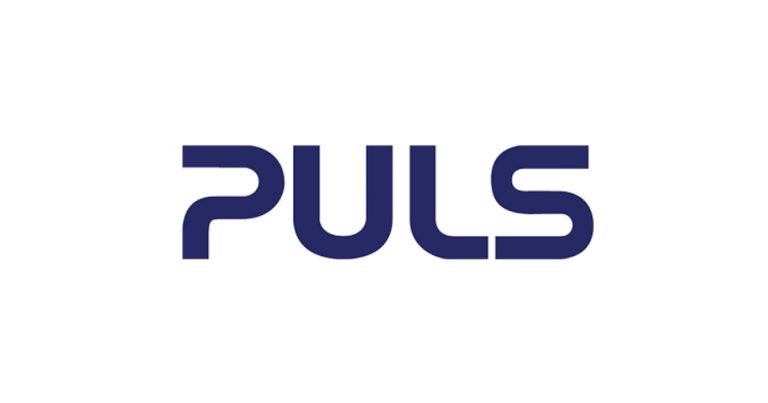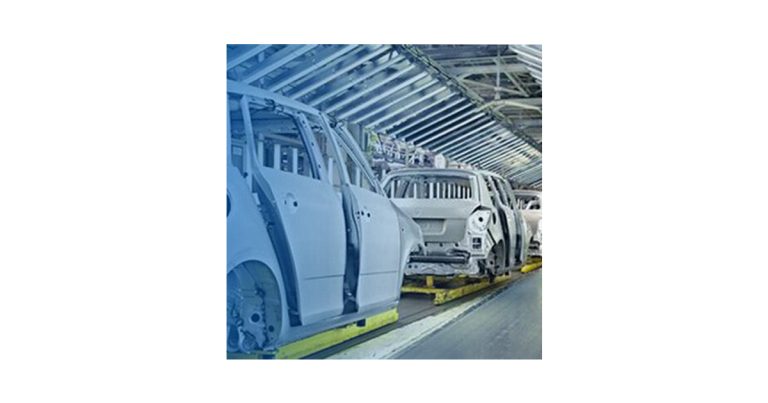What to Know About Navigating the End of RSLogix 5
For nearly four decades, the Allen‑Bradley PLC-5 and its programming software RSLogix 5 have been the cornerstone for industrial automation. While paving the way for future PLC and software development that we see today, the longevity speaks to its reliability and robustness of the platform. However, as technology evolves, companies must continue to evolve along with it to achieve modern business and expectations. RSLogix 5 reached its final lifecycle phase (discontinuation) on December 31, 2025.

